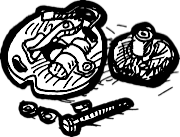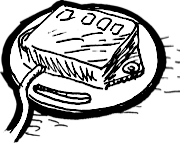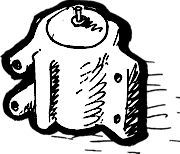Encendido










Temas relacionados
Encendido en motores de combustión interna – Conceptos básicos e historia
Un sistema de encendido es esencial para cualquier motor de combustión interna. En el pasado, se utilizaban encendidos de tubo de incandescencia, pero eran poco confiables. Hoy en día, predominan los encendidos eléctricos, en los que una chispa eléctrica enciende los gases en el cilindro.
Componentes de un sistema de encendido
Un sistema de encendido está compuesto por componentes eléctricos: bobina de encendido, bujías, cables, fuente de energía y un mecanismo de conmutación (interruptor o circuito electrónico). La sincronización del encendido se controla mediante un árbol de levas o un sensor para asegurar que la chispa ocurra en el momento correcto del ciclo de combustión.
Cómo funciona el encendido
La chispa se genera por una alta tensión inducida en la bobina de encendido. En los sistemas de encendido por contacto, un contacto mecánico abre y cierra, mientras que en los encendidos electrónicos, un circuito se activa y desactiva. La alta tensión se transmite a través de cables de encendido a las bujías, donde salta la chispa para producirla.
Tipos de sistemas de encendido en motocicletas Harley-Davidson
- Encendido por magneto: Produce la chispa en el magneto, que generalmente se encuentra en modelos antiguos de Harley y en motos de carreras.
- Encendido por batería: Utiliza una batería externa para controlar la bobina de encendido. La mayoría de los modelos Harley desde los años 30 en adelante cuentan con encendido por batería.
Ajuste del momento del encendido
El momento del encendido es el instante en que la chispa enciende la bujía. En los sistemas de encendido mecánicos, el contacto debe revisarse y ajustarse regularmente. Los encendidos electrónicos no requieren mantenimiento, pero deben configurarse correctamente durante su instalación. Ya sea magneto o encendido por batería, un sistema de encendido confiable es fundamental para el rendimiento, el funcionamiento del motor y la fiabilidad en las motocicletas Harley-Davidson. El mantenimiento y la inspección regular del sistema de encendido garantizan un rendimiento óptimo.

¿Tiene preguntas?
Nuestro equipo de servicio estará dispuesto a ayudarle: Lunes-Viernes 09:00-14:00 CET, Tel.: +34 93 791 49 10, eMail: service@wwag.com
